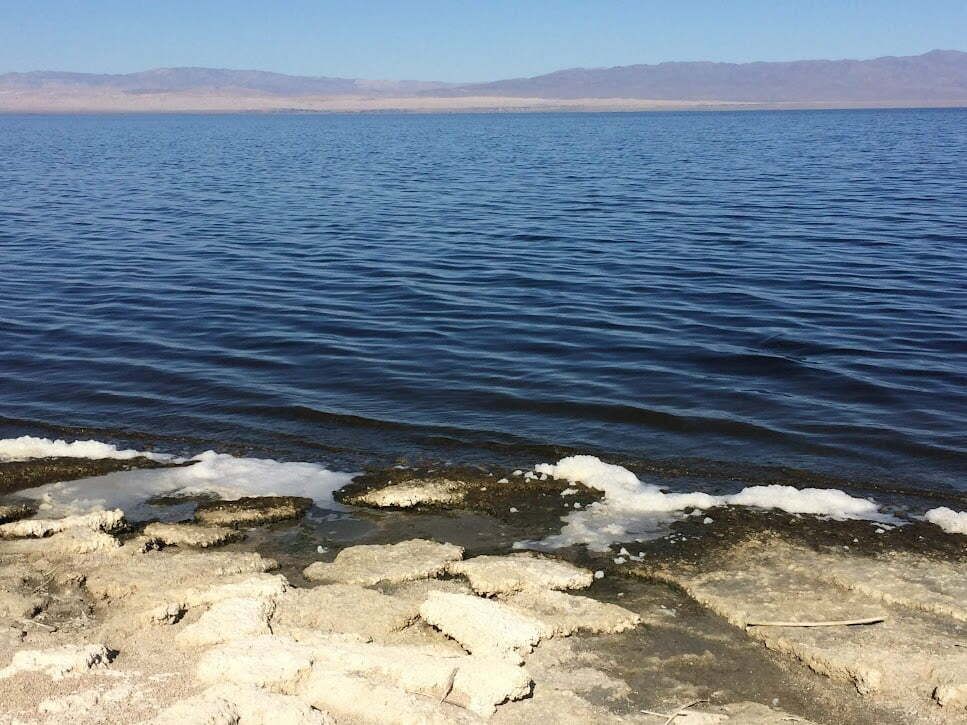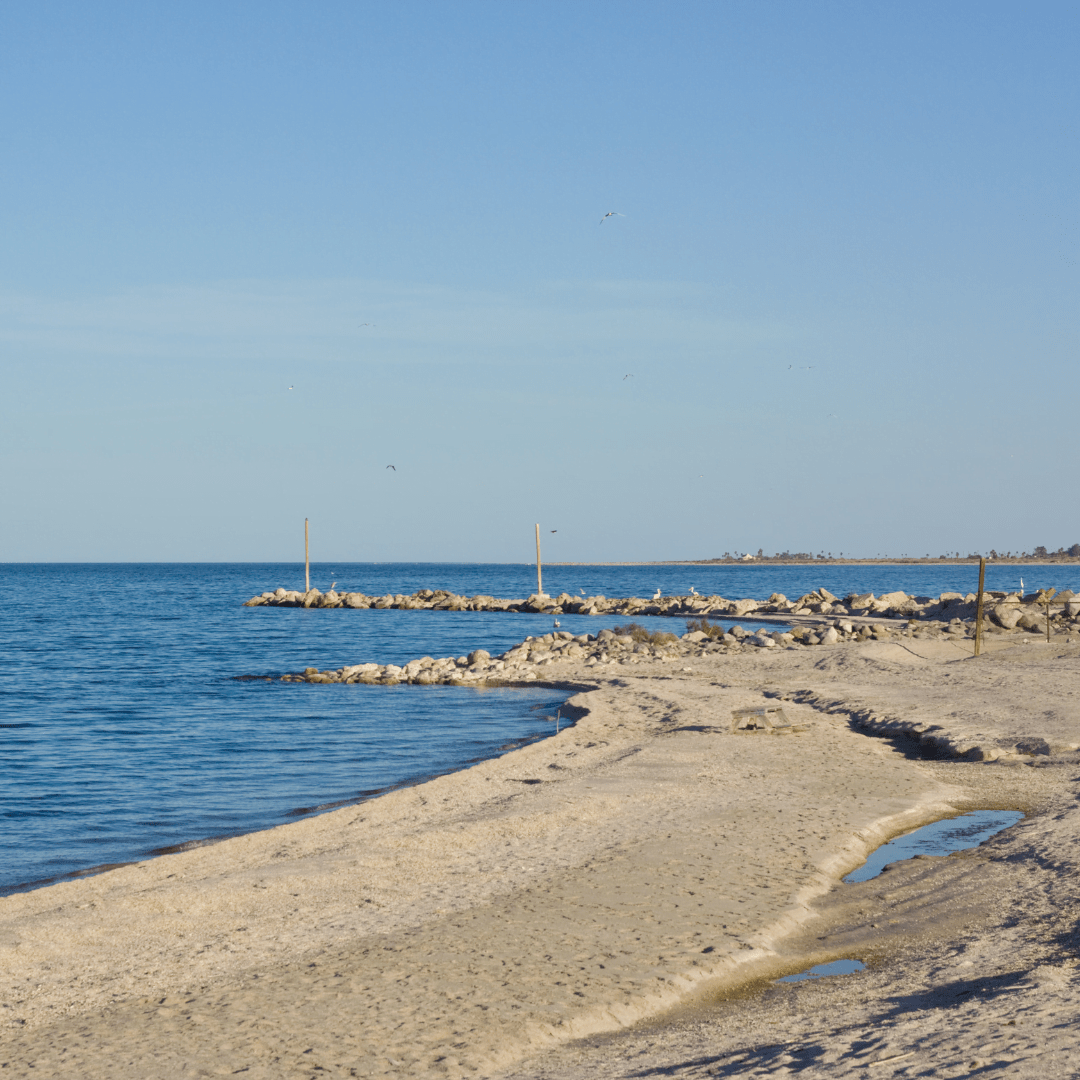Addressing the Water Quality Issues in the Salton Sea
Share

Possible Solutions To Improve Water Quality
The Salton Sea, located in California, is a unique and complex environmental issue that requires immediate attention. The sea, which is actually a large, saline lake, was formed by accident over a hundred years ago when irrigation canals broke and caused water to flow into the Salton Sink. Despite its creation as an agricultural accident, the Salton Sea has become a critical resource for wildlife, recreation, and the local economy.
However, its water quality has become an increasing concern in recent years, and its impacts on the environment and the surrounding communities are alarming. In this article, we will discuss the current state of the Salton Sea’s water quality, the issues that are causing its decline, and the possible solutions that can help improve the sea’s future.
Increased Freshwater Influx
One of the primary reasons for the poor water quality in the Salton Sea is the lack of freshwater influx, which has led to high salinity levels and a buildup of contaminants and toxins. One possible solution to improve the water quality is to increase the amount of freshwater that flows into the Salton Sea. This can be achieved through a variety of methods, including the construction of canals and pipelines to transport water from other sources, such as the Colorado River.
Increased freshwater influx would help to dilute the high salinity levels and reduce the concentration of contaminants and toxins in the Salton Sea.
This would improve the overall water quality, creating a healthier and more sustainable environment for the wildlife that lives in and around the Salton Sea. By adding a fresh and clean source of water, the Salton Sea could be restored to its former glory, supporting a thriving ecosystem and benefiting the surrounding communities. However, it is important to carefully consider the environmental and economic impacts of such projects before proceeding.
Improved Agricultural And Waste Management Practices
Another way to improve the water quality in the Salton Sea is through improved agricultural and waste management practices. This could include reducing the use of harmful chemicals and pesticides in agriculture, properly disposing of waste and wastewater, and implementing best management practices for animal waste management. These measures will help reduce the amount of contaminants and toxins that enter the Salton Sea and improve its overall water quality.
In addition to reducing the amount of pollutants entering the Salton Sea, improved agricultural and waste management practices can also have other benefits for the environment and local communities. For example, better animal waste management can help prevent soil and water contamination, which can have negative impacts on the health and safety of local residents. Similarly, reducing the use of harmful chemicals and pesticides in agriculture can help protect the health of farmers, workers, and consumers, as well as the health of the Salton Sea and the surrounding environment.
By taking steps to improve agricultural and waste management practices, we can help to ensure a healthy and sustainable future for the Salton Sea and the communities that rely on it.
Renewable Energy Generation And Desalination Plants
Another solution to the water quality issues in the Salton Sea is the use of renewable energy generation and desalination plants. Renewable energy sources, such as solar, wind, and geothermal, can be used to power the desalination process, which removes salt and other contaminants from the water. This would provide a source of fresh, clean water for the Salton Sea, helping to improve its water quality.
Furthermore, the implementation of renewable energy sources in the desalination process would also have environmental benefits. Traditional desalination plants rely on fossil fuels, which contribute to greenhouse gas emissions and climate change. Using renewable energy sources would reduce the carbon footprint of the desalination process, making it a more sustainable solution.
Desalination plants can also provide additional benefits to the local community. For example, the water produced by the desalination process can be used for agricultural, industrial, and domestic purposes, reducing the demand for water from other sources. Additionally, the operation and maintenance of desalination plants can provide jobs and economic opportunities in the local area.
In conclusion, the use of renewable energy generation and desalination plants can play a crucial role in improving the water quality of the Salton Sea. By combining these technologies, it is possible to create a sustainable solution that benefits the environment, the local community, and the future of the Salton Sea.
Monitoring And Management Programs
Finally, ongoing monitoring and management programs are crucial in ensuring the water quality in the Salton Sea remains high. This could involve regular testing and monitoring of the water to detect any changes in its quality, as well as implementing management strategies to address any issues that arise. These programs would help ensure that the Salton Sea remains a healthy and thriving ecosystem for generations to come.

The Urgency Of Addressing Water Quality Issues
The water quality issues in the Salton Sea are a critical concern that must be addressed urgently. The high salinity levels, algal blooms, contaminants, and toxins pose a threat to the environment and the communities that rely on the Salton Sea. If left unaddressed, these issues could have far-reaching impacts on the health of the Salton Sea and the surrounding areas.
Moreover, the decline in fish and wildlife populations, destruction of habitats, and negative impact on air quality are all symptoms of a larger problem. The poor water quality in the Salton Sea can have significant economic implications for local communities, including reduced tourism, loss of fishing and hunting opportunities, and decreased property values.
It is imperative that we act quickly and collaboratively to find solutions to improve water quality in the Salton Sea. The future of this vital ecosystem depends on it. By working together, we can ensure a healthier and more sustainable future for the Salton Sea, the surrounding communities, and the environment as a whole. With the right approaches and investment, the Salton Sea can once again be a thriving and productive ecosystem, providing economic and ecological benefits for generations to come.
The Importance Of Collaborative Efforts
Addressing the water quality issues in the Salton Sea will require a collaborative effort from a variety of stakeholders, including government agencies, local communities, businesses, and environmental groups. Working together, these groups can implement effective solutions and ensure that the Salton Sea remains a healthy and vibrant ecosystem for generations to come.
Collaborative efforts are crucial in addressing the water quality issues in the Salton Sea. By bringing together diverse perspectives and resources, a more comprehensive and effective solution can be reached. The cooperation between government agencies, local communities, businesses, and environmental groups can lead to a better understanding of the challenges facing the Salton Sea and help to find ways to mitigate them.
Involving the local communities in this process is particularly important, as they have a direct stake in the health and well-being of the Salton Sea. Their input and support can help to ensure that the solutions implemented are not only effective, but also economically and socially viable. The involvement of businesses, on the other hand, can provide the resources and technological expertise needed to address these issues.
Collaborative efforts also foster a sense of community ownership and investment in the health of the Salton Sea. By working together, all stakeholders can create a shared vision for the future of the Salton Sea and take concrete steps towards achieving it. The cooperation and coordination between all parties involved can lead to a more sustainable and long-term solution for the water quality issues in the Salton Sea.
The Potential For A Brighter Future For The Salton Sea
Despite the challenges posed by the water quality issues in the Salton Sea, there is great potential for a brighter future. With the right solutions in place, the Salton Sea can be transformed into a thriving ecosystem that supports a rich and diverse array of wildlife, provides a valuable source of water for agriculture and industry, and serves as an important resource for local communities. The time to act is now, and the potential for success is great.

